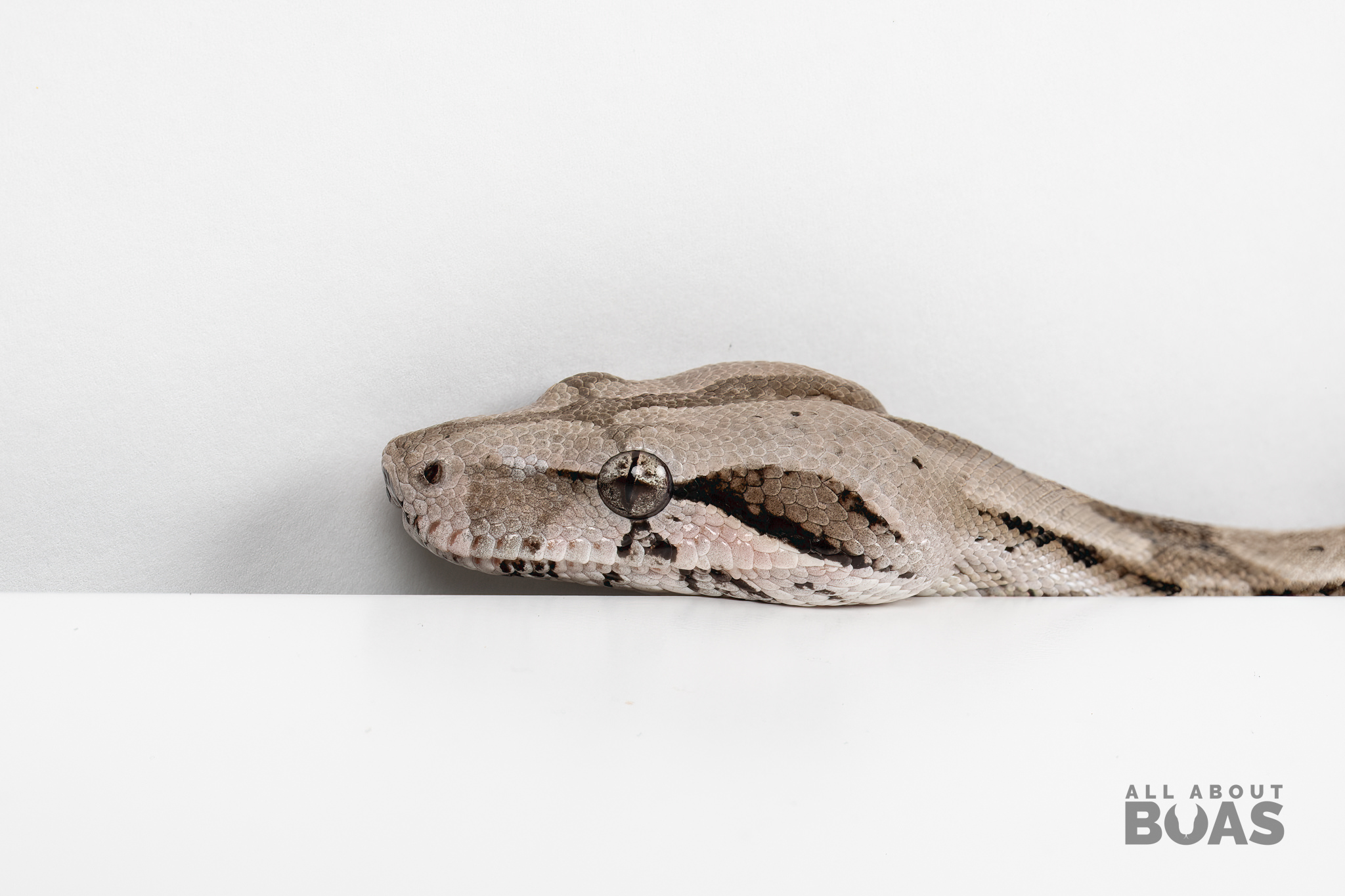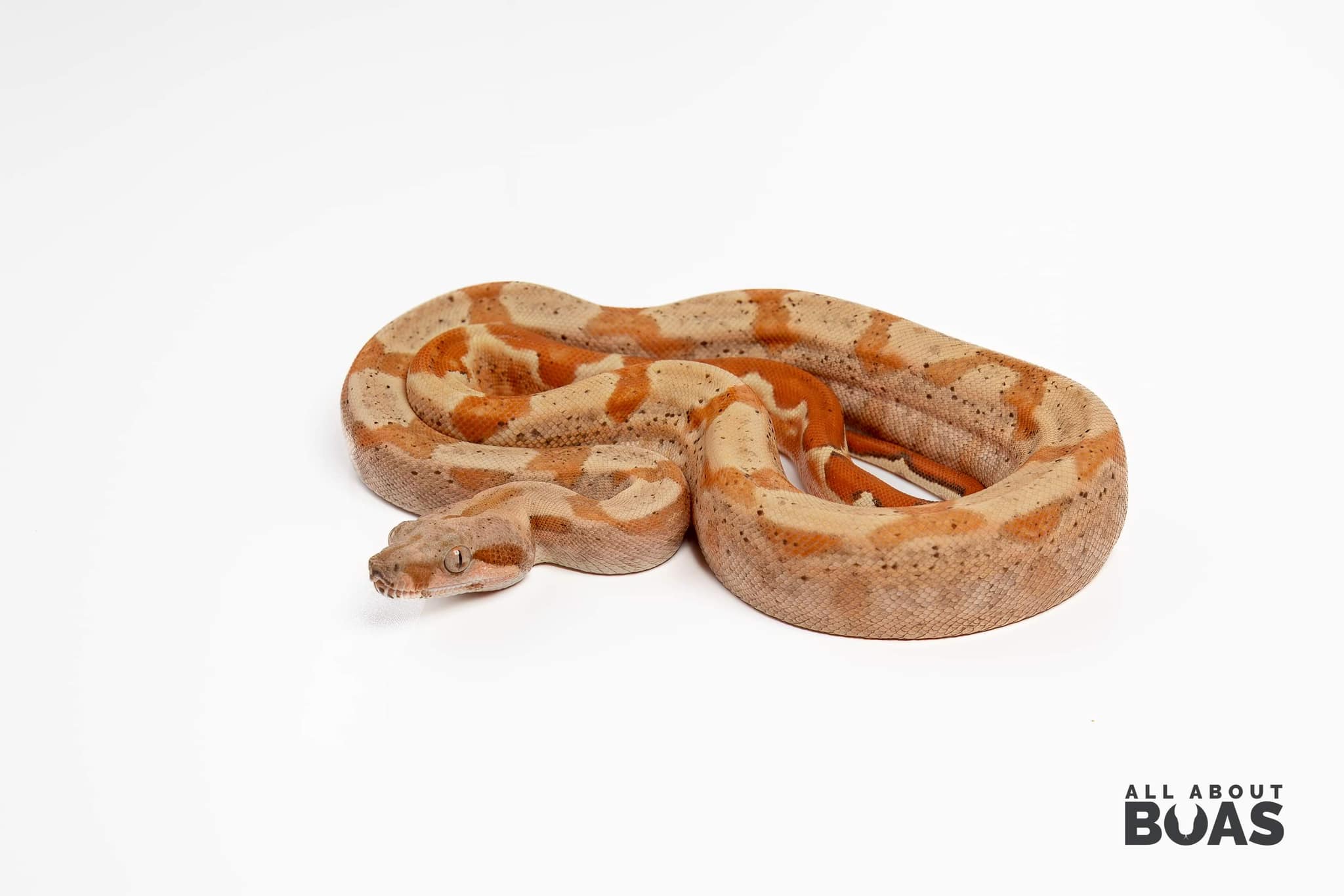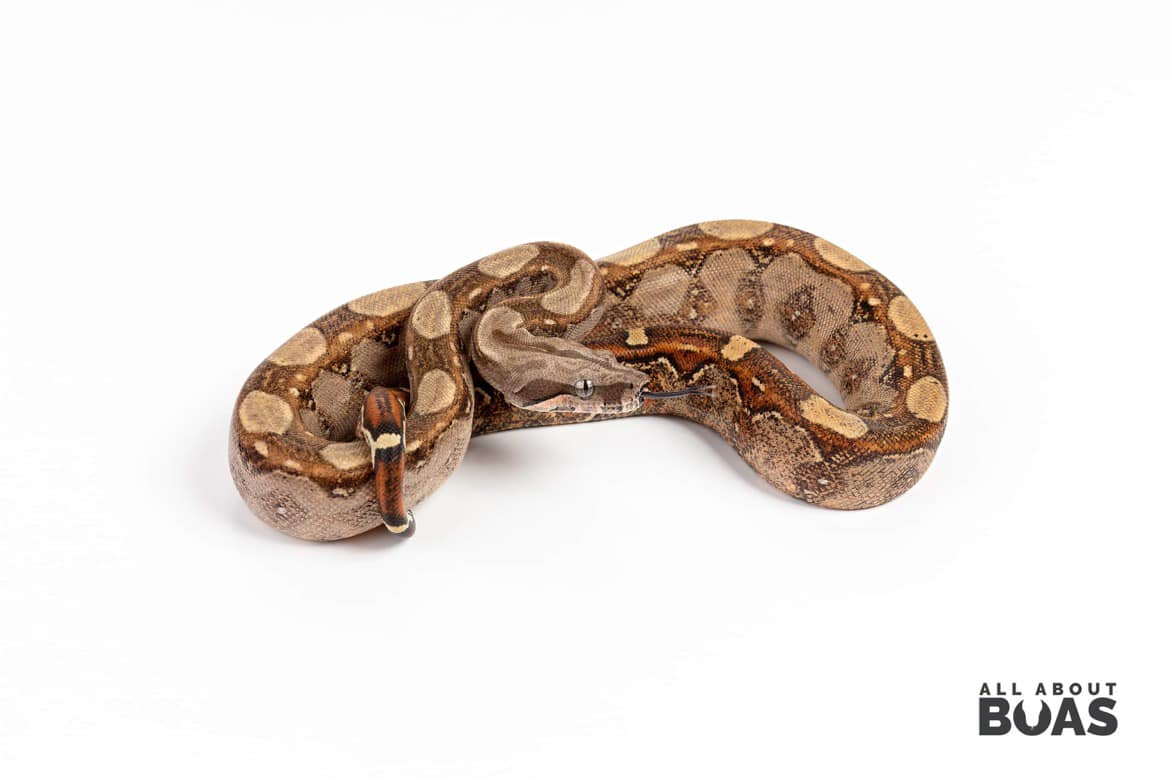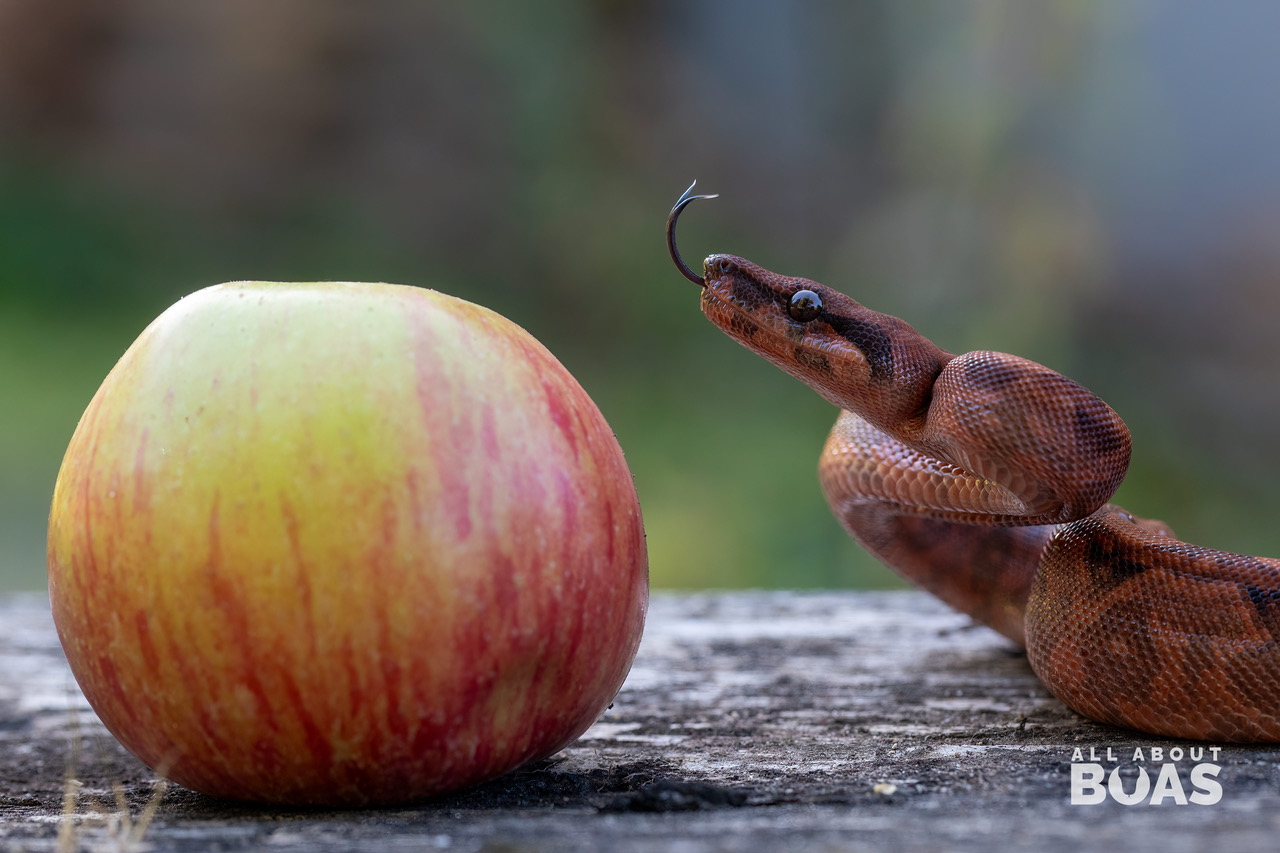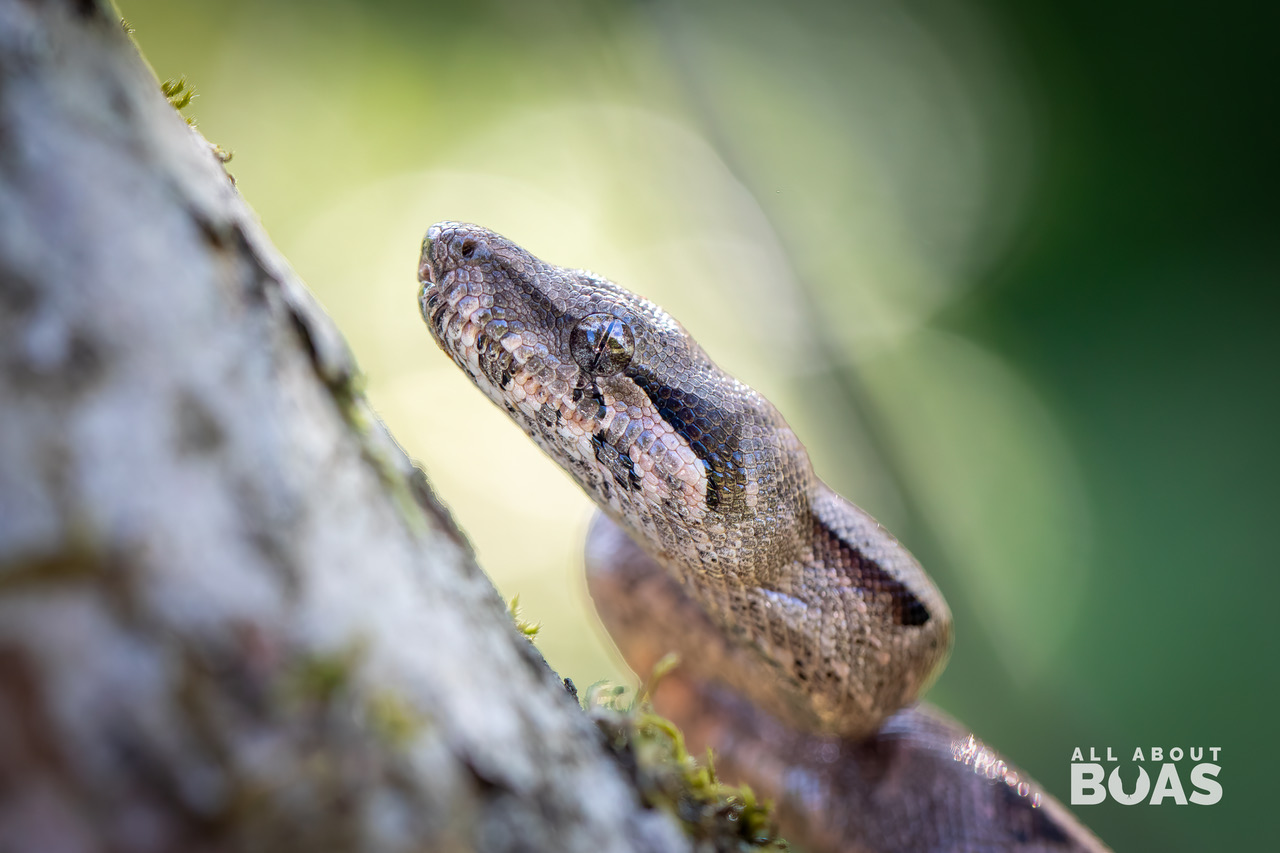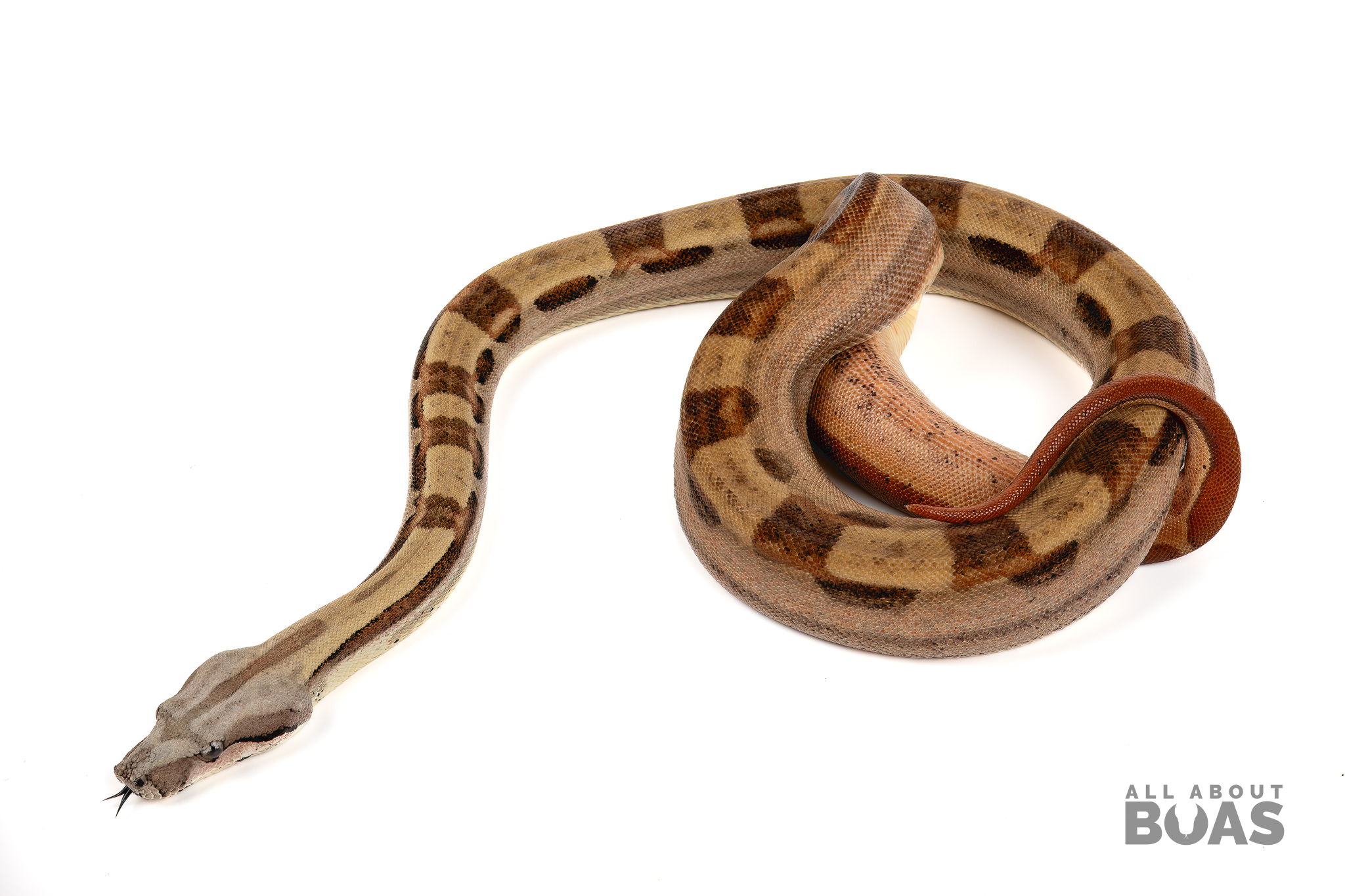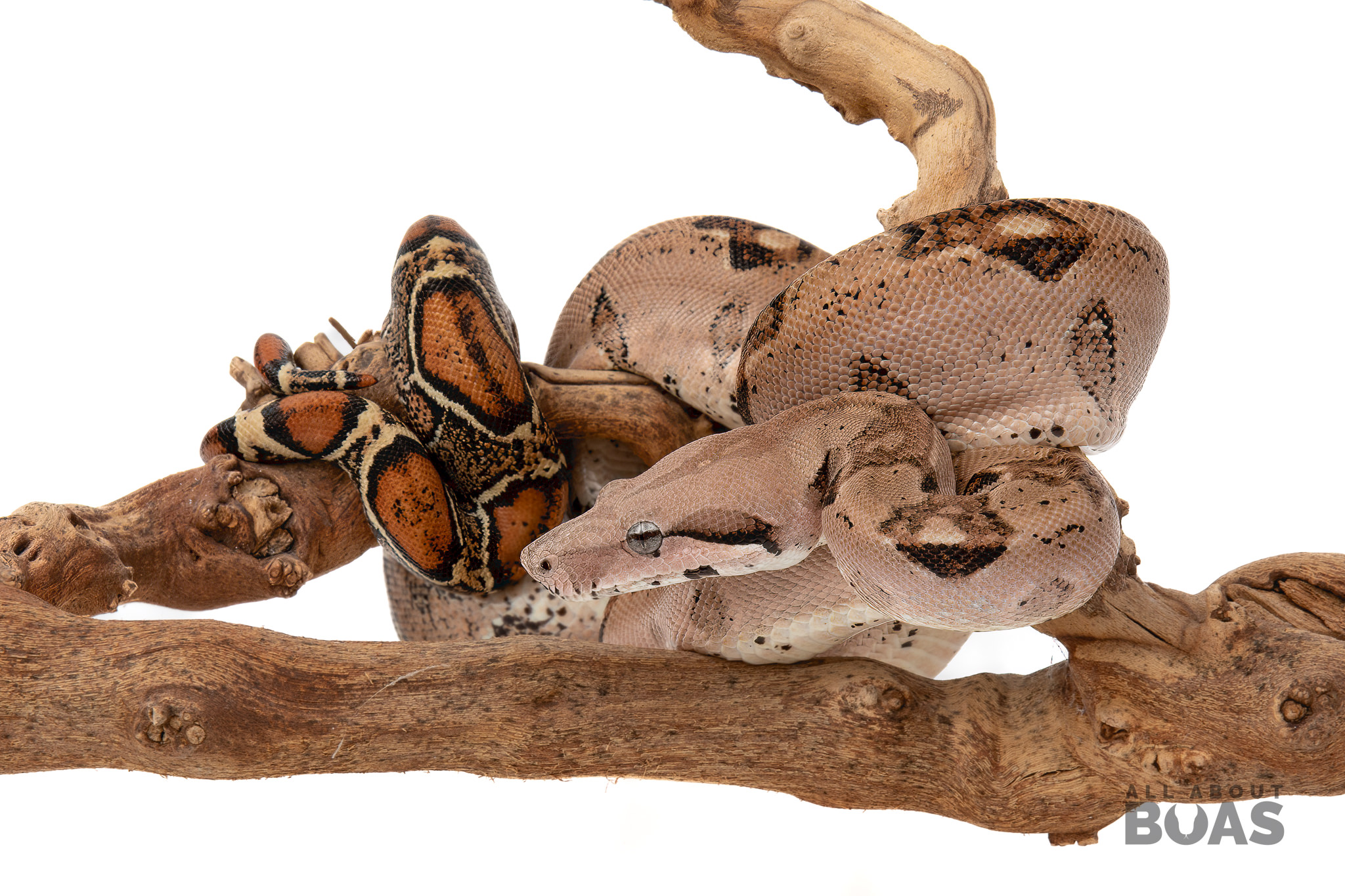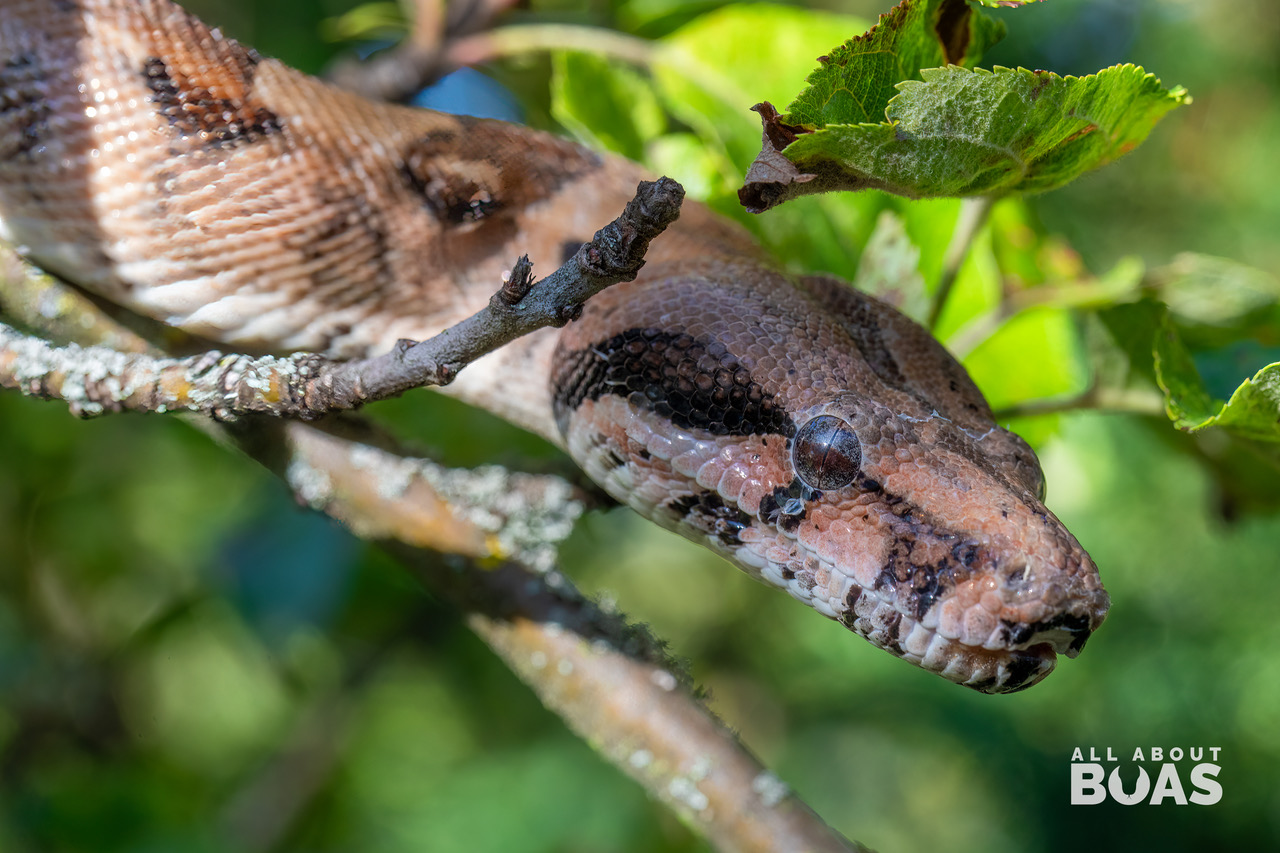
Boa constrictors, with their mesmerizing patterns and intriguing behaviors, have become popular pets among reptile enthusiasts. These incredible creatures require proper care to thrive in captivity, making it essential for potential owners to understand their unique needs. In this comprehensive guide, we will delve into the world of boa constrictor care, covering everything from habitat setup to dietary requirements.
1. Habitat and Enclosure: Creating a suitable habitat is the foundation of boa constrictor care. For young boas, a spacious enclosure of at least 20-30 gallons is necessary, while adults require larger enclosures, preferably around 75-100 gallons. A secure lid is crucial to prevent escapes, as boas are known for their curious nature and strength.
Inside the enclosure, provide a variety of hiding spots and climbing branches to mimic their natural environment. Maintaining the right temperature and humidity levels is vital. Boas require a warm side of the enclosure (around 88-90°F) and a cooler side (around 78-80°F) to regulate their body temperature effectively. Use heat pads or heat lamps to achieve the desired temperature gradient. Humidity should be kept between 60-70% to ensure proper shedding.
2. Feeding and Diet: Boa constrictors are carnivorous reptiles, primarily feeding on rodents such as mice and rats. The size of the prey should be proportionate to the snake's size. Young boas typically feed on small mice, while adults can consume larger prey items like rats. It's important to establish a regular feeding schedule, typically once every 1-2 weeks, depending on the snake's age and size.
When feeding, use tongs to offer the prey to avoid accidental bites, especially with younger boas. After a meal, allow your boa some time to digest before handling them to prevent regurgitation.
3. Handling and Socialization: Boa constrictors can become accustomed to handling with regular, gentle interaction. Start with short sessions and gradually increase the duration as your snake becomes more comfortable. Always handle your boa with clean hands and be aware of their body language – if they show signs of stress or discomfort, it's best to put them back in their enclosure.
4. Health and Veterinary Care: Regular health check-ups are essential for boa constrictors. Find a reptile-savvy veterinarian and schedule annual visits to ensure your snake's well-being. Watch out for signs of illness such as changes in appetite, difficulty breathing, or abnormal behavior. Proper hygiene in the enclosure, including regular cleaning and disinfecting, helps prevent infections and diseases.
5. Enrichment and Mental Stimulation: While boas aren't as interactive as some other pets, they still benefit from environmental enrichment. Provide various hiding spots, climbing structures, and objects to explore within their enclosure. Regularly rearrange these items to keep their environment stimulating and prevent boredom.
In conclusion, boa constrictors can make fascinating and rewarding pets for individuals willing to invest time and effort into their care. By understanding and meeting their specific requirements regarding habitat, diet, handling, health, and mental stimulation, you can ensure a happy and healthy life for your boa constrictor companion. Remember, each boa is unique, so observing their behavior and adjusting their care accordingly is key to building a strong bond and ensuring their well-being.




